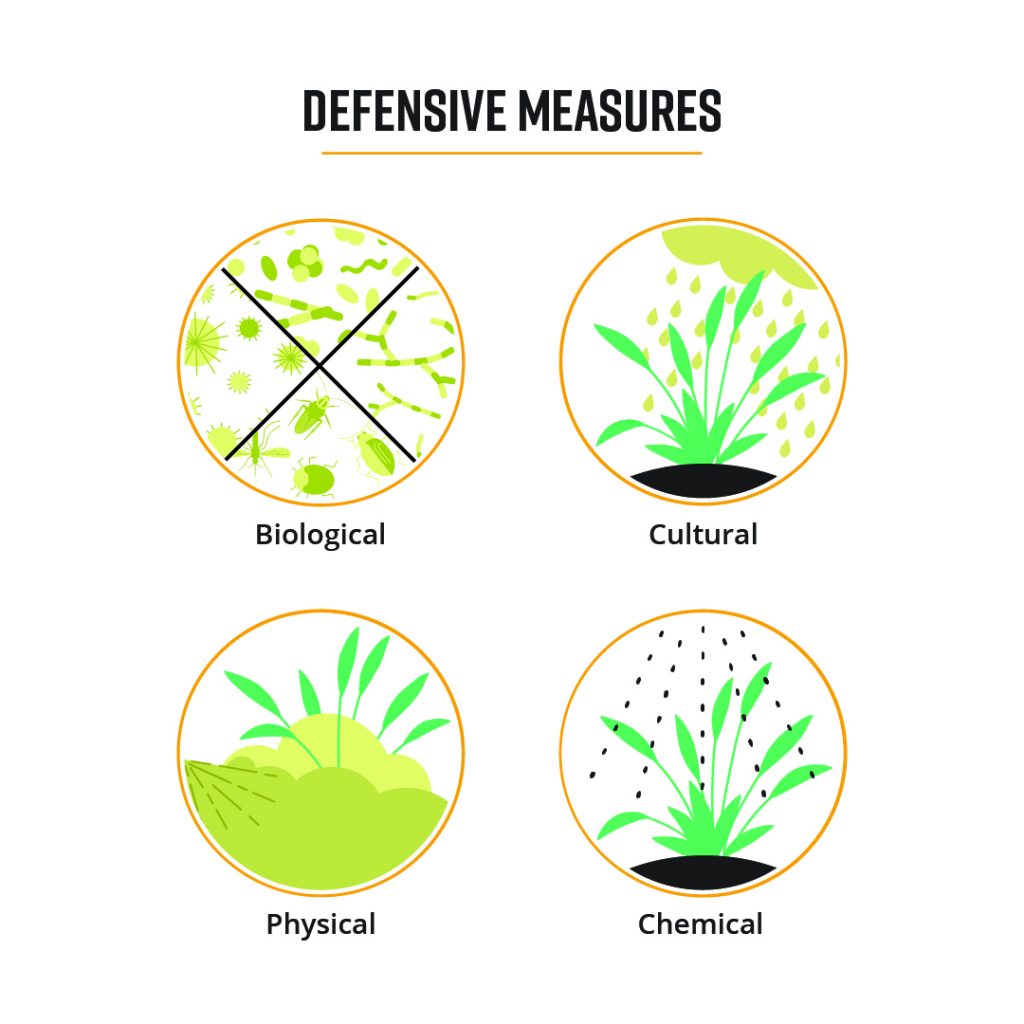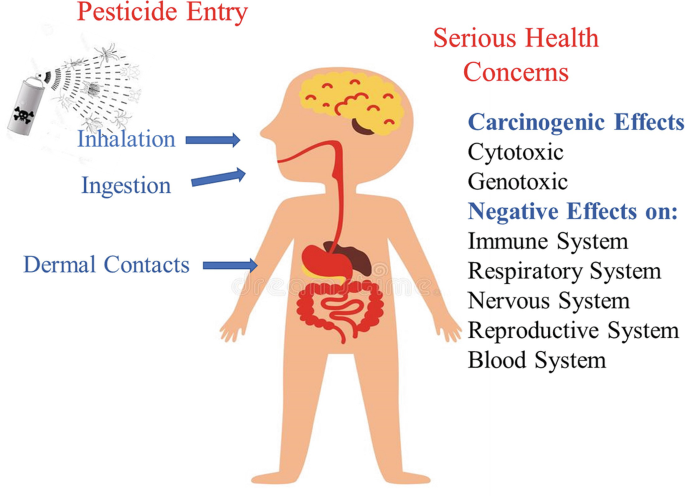9 Simple Techniques For Eco Bed Bug Exterminators Dc
9 Simple Techniques For Eco Bed Bug Exterminators Dc
Blog Article
The Ultimate Guide To Eco Bed Bug Exterminators Dc
Table of ContentsWhat Does Eco Bed Bug Exterminators Dc Do?4 Easy Facts About Eco Bed Bug Exterminators Dc ShownEco Bed Bug Exterminators Dc - The FactsThe Greatest Guide To Eco Bed Bug Exterminators DcSome Ideas on Eco Bed Bug Exterminators Dc You Should Know
Due to the fact that pesticides are hazardous, they are additionally possibly unsafe to humans, pets, other microorganisms, and the atmosphere. For that reason, people who use pesticides or regularly come in contact with them have to understand the relative toxicity, potential health impacts, and preventative actions to lower direct exposure to the products they make use of. Risk, or risk, of making use of pesticides is the potential for injury, or the level of risk associated with making use of a pesticide under a given collection of problems.
Applicators can lessen or nearly get rid of exposure-- and therefore lower hazard-- by adhering to the tag instructions, making use of personal protective garments and tools (PPE), and dealing with the pesticide effectively. For example, even more than 95 percent of all chemical direct exposures originate from facial direct exposure, mainly to the hands and forearms. By putting on a pair of unlined, chemical-resistant handwear covers, this kind of direct exposure can be almost gotten rid of.
The hazardous impacts that happen from a solitary exposure by any course of entrance are labelled "acute impacts." The 4 routes of exposure are dermal (skin), inhalation (lungs), dental (mouth), and the eyes. Acute poisoning is identified by taking a look at the dermal toxicity, inhalation toxicity, and dental toxicity of guinea pig.
6 Easy Facts About Eco Bed Bug Exterminators Dc Explained
Intense toxicity is measured as the quantity or concentration of a toxicant-- the a.i.-- called for to eliminate half of the animals in a test populace. This measure is usually expressed as the LD50 (lethal dose 50) or the LC50 (lethal focus 50). Furthermore, the LD50 and LC50 values are based on a solitary dose and are videotaped in milligrams of chemical per kilogram of body weight (mg/kg) of the examination pet or in components per million (ppm).
The lower the LD50 or LC50 worth of a pesticide item, the better its toxicity to humans and animals. Chemicals with a high LD50 are the least poisonous to humans if used according to the directions on the item tag. The persistent poisoning of a chemical is figured out by subjecting guinea pig to lasting exposure to the active component.
The persistent toxicity of a pesticide is a lot more hard than intense toxicity to identify through laboratory evaluation. Products are categorized on the basis of their loved one severe poisoning (their LD50 or LC50 values). Chemicals that are categorized as extremely hazardous (Poisoning Group I) on the basis of either dental, facial, or breathing poisoning must have the signal words risk and poisonous substance published in red with a head and crossbones icon prominently displayed on the front panel of the package tag.
The severe (solitary dosage) oral LD50 for chemical items in this team ranges from a trace total up to 50 mg/kg. For instance, exposure of a couple of decreases of a material taken by mouth might be fatal to a 150-pound person. Some chemical items have simply the signal word risk, which tells you absolutely nothing regarding the intense toxicity, just that the product can cause serious eye damage or severe skin irritability
Some Known Questions About Eco Bed Bug Exterminators Dc.
In this group, the intense dental LD50 ranges from 50 to 500 mg/kg. A tsp to an ounce of this product might be deadly to a 150-pound individual (bed bug exterminator). Chemical products classified as either slightly poisonous or reasonably safe (Poisoning Classifications III and IV) are needed to have the signal word CAUTION on the pesticide tag

All pesticide toxicity values, including Read Full Report the Consisting of, can be found on located product's Item Safety Data Safety and security (MSDS). Chemical tags and MSDS can be acquired from retailers or manufactures - https://filesharingtalk.com/members/593903-ecobedbug3xt. The signs of pesticide poisoning can vary from a mild skin irritation to coma or also fatality.
People additionally differ in their sensitivity to various levels of these chemicals. Some individuals may reveal no reaction to a direct exposure that may cause severe disease in others (bed bug heat treatment). Due to possible health and wellness worries, chemical users and trainers must recognize the typical symptoms and signs of pesticide poisoning. The effects, or signs and symptoms, of chemical poisoning can be generally specified as either topical or systemic.
Getting My Eco Bed Bug Exterminators Dc To Work
Dermatitis, or inflammation of the skin, is accepted as the most commonly reported topical result connected with chemical direct exposure. Some people tend to cough, wheeze, or sneeze when exposed to pesticide sprays.
This sign typically subsides within a few minutes after a person is removed from the exposure to the irritant. Nonetheless, a response to a pesticide item that creates a person not only to sneeze and cough but also to develop extreme intense respiratory signs and symptoms is most likely to be a real hypersensitivity or allergy.
Systemic effects are quite different from topical effects. They typically happen far from the initial point of get in touch with as a result of the pesticide being soaked up into and dispersed throughout the body. Systemic results commonly include nausea or vomiting, vomiting, fatigue, frustration, and digestive disorders. In advanced poisoning situations, the person may experience adjustments in heart rate, difficulty breathing, convulsions, and coma, which might cause death.
Report this page